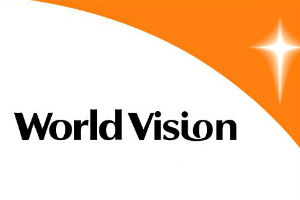No one organization has the expertise or capacity to effectively tackle complex community problems or significantly improve the quality of life in an historically under-resourced area. That’s why collaboration is such an integral element in social change. There are countless examples of partnerships, networks, and other joint efforts through which nonprofits pursue their missions. Authentic collaboration fuels good work.
But the word collaboration has been worn threadbare and too often varnishes over shallow alliances hastily thrown together to meet funder requirements. From funder-mandated “shot-gun weddings” to hook-ups for convenience, collaboration is too often about show rather than substance. “When an organization claims to collaborate with other groups, I want to know specifically what that looks like and what advantages it brings,” said Barbara Floersch, author of You Have a Hammer: Building Grant Proposals for Social Change, released January 2021. “The hook-up itself isn’t important. It’s the mutual motivation, shoulder-to-shoulder work, and outcomes that matter.”
Collective impact is authentic collaboration on steroids. It’s a structured approach through which committed sectors of the community come together with the common agenda of solving a specific social problem. Each organization is part of the larger community ecosystem, and the places where the concerns of individuals, systems, and structures within that ecosystem intersect offer fertile ground for planting and nurturing positive change, according to Floersch.
Through a collective impact approach, stakeholders identify intersecting interests related to the problem, hammer out a common agenda, agree on shared evaluation measures, and work to ensure that the activities of all involved groups are mutually reinforcing and contribute towards the desired outcomes.
Through collective impact, different organizations work to uproot different causes of the problem through activities aligned with their mission. “Every organization will have its own micro-agenda in this process, and that’s okay,” said Floersch. “But to achieve collective impact, groups must align their micro-agendas with the shared vision of what everyone is working to achieve.” Formal collective impact efforts require continuous communication between players and usually require dedicated staffing.
Collective impact recognizes community ecosystems and builds on interconnectedness. It moves beyond linked silos into allied and aligned action. “Even if you can’t undertake a formal collective impact approach to the community problems you’re working on, lean as far as you can in that direction,” said Floersch. “You’ll find more power there.” To learn more about collective impact, visit collectiveimpactforum.org












